One woman is killed by a man every three days in the UK – a figure unchanged in a decade. A new census analyses this epidemic of male violence

In 2013, Sasha Marsden, a 16-year-old student, went to a Blackpool hotel for what she thought was an interview for a part-time cleaning job. The man she met, David Minto, 23, had lured her there on false pretences. He then sexually assaulted her and stabbed her 58 times. Sasha could only be identified by DNA taken from her toothbrush. Minto was sentenced to 35 years in prison, but for Sasha’s family, their grief has no time limit.
Gemma Aitchison, Sasha’s sister, set up YES Matters UK in response to the killing. “I wanted to know why this happened to Sasha and what I could do about it,” she explains. Part of what her organisation does is to talk to young people about consent, body image, pornography and media influence. “What I know now is that as long as women are treated as objects and not people, we will continue to be disposable.”
This Wednesday is International Day for the Elimination of Violence Against Women, which will see the start of 16 days of activism against gender violence globally. That same day also sees the publication in the UK of a groundbreaking report, Femicide Census, which, for the first time in Britain, analyses the shocking killings of women and girls, from the age of 14 to 100, at the hands of men, over a 10-year period, 2009-2018. The census defines “femicide’” as “men’s fatal violence against women”, and reveals that, on average, a woman was murdered every three days – a horrifying statistic, unchanged over the decade. This is in spite of greater public awareness, increased research, changes in the law and improved training for the police. “Patterns of male violence are persistent and enduring,” the report states.

Gemma Aitchison at home in Westhoughton, Bolton, where she runs the YES Matters UK programme, set up after the rape and murder of her younger sister, Sasha Marsden, in 2013. Photograph: Christopher Thomond/The Observer
The scandalous lack of progress in reducing femicide in the UK is, in part, because each killing, is treated by various agencies as “an isolated incident” and “giving no cause for wider public concern”. As a result, the report says, information received from the police via, for instance, Freedom of Information requests, can be “sparse, inaccurate or incomplete”; coroners’ reports often fail to reference a history of male violence, while it is difficult to access official documents such as Independent Office for Police Conduct reports and domestic homicide reviews, all of which, along with media coverage, feed into the database of the census.
“To solve a problem, you need to be able to say what it is,” says Karen Ingala Smith, chief executive of Nia, a sexual and domestic violence charity. She and Clarissa O’Callaghan, a former solicitor and now restauranteur, published the first Femicide Census, a six-year review 2009-15, in 2016. Three annual reports have since followed with the help of a small team of part-time researchers and pro bono support from Freshfields Bruckhouse Deringer, an international law firm, and consultants Deloitte.
Now, with a decade of deaths to look back on, the census draws some damning conclusions about patterns of abuse and violence, and what could have been – or should have been – spotted by the authorities.

Karen Ingala Smith, chief executive of the sexual and domestic violence charity Nia, and co-founder of the Femicide Census. Photograph: Sophia Evans/The Observer
Of the 1,425 victims, almost half were killed by “a sharp instrument”, sometimes with additional brutal violence (classed as an “overkilling”). “The most common form of femicide is stabbing,” Ingala Smith says. “Yet most knife-crime strategies focus on teenagers and gang crime. Strangulation was the second method. Non-fatal strangulation is often part of a pattern of abuse that is not sufficiently recognised and investigated. Ingala Smith and O’Callaghan support the campaign by the Centre for Women’s Justice to add an amendment to the domestic abuse bill, due to become law next year, to include a new offence of non-fatal strangulation.
Sixty-two per cent of the dead women (888) were killed by a current or former partner, most in their own homes. Four in 10 of these women were preparing to leave or had already separated – a crucial period, and an opportunity missed for police and others on the frontline, such as GPs and mental health advocates, to prevent a killing. “‘Home is where the heart is’ is a bitter lie for many women,” the report says.
A history of abuse was evident in at least 611 cases (59%), including coercive control, stalking, harassment and physical, financial and emotional mistreatment. A third of the women had reported their abuse to the police. They still died.

Kirsty Treloar was murdered by her boyfriend in 2012, when she was 20.
The Femicide Census originally came about because of Kirsty Treloar, a 20-year-old nursery nurse, who had asked for help. Police had referred her to Nia, Ingala Smith’s organisation. On 2 January 2012, Treloar was stabbed 29 times by her abusive boyfriend, Myles Williams, aged 19. “I googled Kirsty because we were told so little about her death,” Ingala Smith explains. “That’s when I saw the shocking number of reports of deaths already that year.”
Eight women were killed in the first three days of 2012. Ingala Smith created a website, Counting Dead Women (CDW), now replicated across the world. While CDW records every killing, the census team researches and include only cases in which, “it can be legally said: a man has killed this woman”.
“It can’t be the case that we are the only ones collecting data like this,” says Ingala Smith. “But we are. From the outset, it was essential to include all thecircumstances in which men kill women, not just husbands, partner and family femicides.” O’Callaghan adds: “The state is failing to protect women, failing to implement policies, failing to take on board recommendations. You can spend time training but if, on the ground, you don’t implement the tools that are available – including injunctions, non-molestation orders and bail conditions – you are failing to save women’s lives, and that’s a human rights issue. “
Over the decade, sexual motivation ended the lives of 57 women (4%). One perpetrator raped and killed a 50-year-old on their first meeting. She had internal injuries and bite marks. Thirty-two murdered women had been involved in the sex industry. Sixteen per cent of victims were born outside the UK, yet police recorded ethnicity in only a fifth of cases. The domestic abuse bill’s provisions excludes migrant women. “If services are not alert to the reality that violence against women occurs across all backgrounds, then they are less likely to identify those at risk,” the census points out.
Ingala Smith and O’Callaghan say the state’s response is also dangerously gender blind. Globally, while homicide figures are declining, femicide is on the rise. “We have a domestic abuse bill, not an end violence against women and girls bill,” Ingala Smith says. “That minimises sex differences. Men who kill do so within a context of endemic sex discrimination in a society that normalises male predatory behaviour from an early age and is too eager to blame victims.”
The census points out that the UK remains one of few countries in Europe that has not ratified the Istanbul Convention, which draws on the Convention on the Elimination of All Forms of Discrimination against Women (CEDAW). “It recognises that men’s violence against women and girls will not be eradicated without fundamentally addressing sex inequality and the beliefs, attitudes and institutions that underpin it,” the census points out.
Eleven women were killed by their grandsons. “If you focus only on partner violence, you are missing a whole spectrum of violence that may also be generational,” the report says. Excluded from the census are “hidden homicides”. In one case, for instance, it was decided a woman had stabbed herself, even though a witness said otherwise. “There should be more professional curiosity when a sudden death occurs in the context of domestic abuse,” criminologist Dr Jane Monckton Smith says in the report.
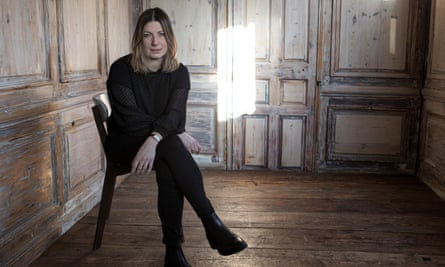
Clarissa O’Callaghan, co-founder of the Femicide Census. Photograph: Gary Calton/The Observer
The subheading of the Femicide Census is, “If I’m Not In On Friday, I Might Be Dead”. These are the words of Judith Nibbs, mother of five, who was beheaded by her husband of 30 years, Dempsey Nibbs. The report is dedicated to her memory and to every victim of femicide over the decade, each name listed. “People say, ‘It’s only a few women a week that die’,” Gemma Aitchison says. “But it’s been a few women a week ever since I was born, and I’m 34. It’s a huge systemic problem. The census says these women matter. ”
The Femicide Census concludes with a series of recommendations, including the thorough collection of sex-desegregated data, ratification of the Istanbul Convention, and improved funding. Domestic abuse costs society over £66bn a year. A report last year calculated that £393m a year is needed to provide safety and support, yet funding is a fraction of that. In lockdown, femicide has escalated.
“If this government is really committed to ending male violence against women, it needs cross-party support for a long-term woman-centred approach that recognises sex inequality is intrinsic to a patriarchal society,” Ingala Smith says. “A start could be made if state institutions did their jobs properly.”
The census is a unique benchmark of accountability. However, it’s future is in doubt. “We are dependent on donations and pro bono support,” Ingala Smith says. “I wish we could say we will be here for the next 10 years but we can’t. If we don’t do this work, who else will?”
Femicide victims from 2019 (main image, at the top of this feature):
Top row, from left: Aliny Mendes, 39; Sarah Henshaw, 40; Rosie Darbyshire, 27; Charlotte Huggins, 33; Jodie Chesney, 17; Leanne Unsworth, 40.
Second row, from left: Sarah Fuller, 35; Amy Parsons, 35; Asma Begum, 31; Elize Stevens, 50; Laureline Garcia-Bertaux, 34; Antoinette Donnegan, 52.
Third row, from left: Lucy Rushton, 30; Kelly Fauvrelle, 26; Dorothy Woolmer, 89; Bethany Fields, 21; Megan Newton, 18; Ellie Gould, 17.
Fourth row, from left: Suvekshya Burathoki, 32; Julia Rawson, 42; Diane Dyer, 61; Kayleigh Hanks, 29; Keeley Bunker, 20; Joanne Hamer, 48.
Bottom row, from left: Sarah Hassall, 38; Nicola Stevenson, 39; Angela Tarver, 86; Leah Fray, 27; Mihrican Mustafa, 38; Sammy-Lee Lodwig, 22.
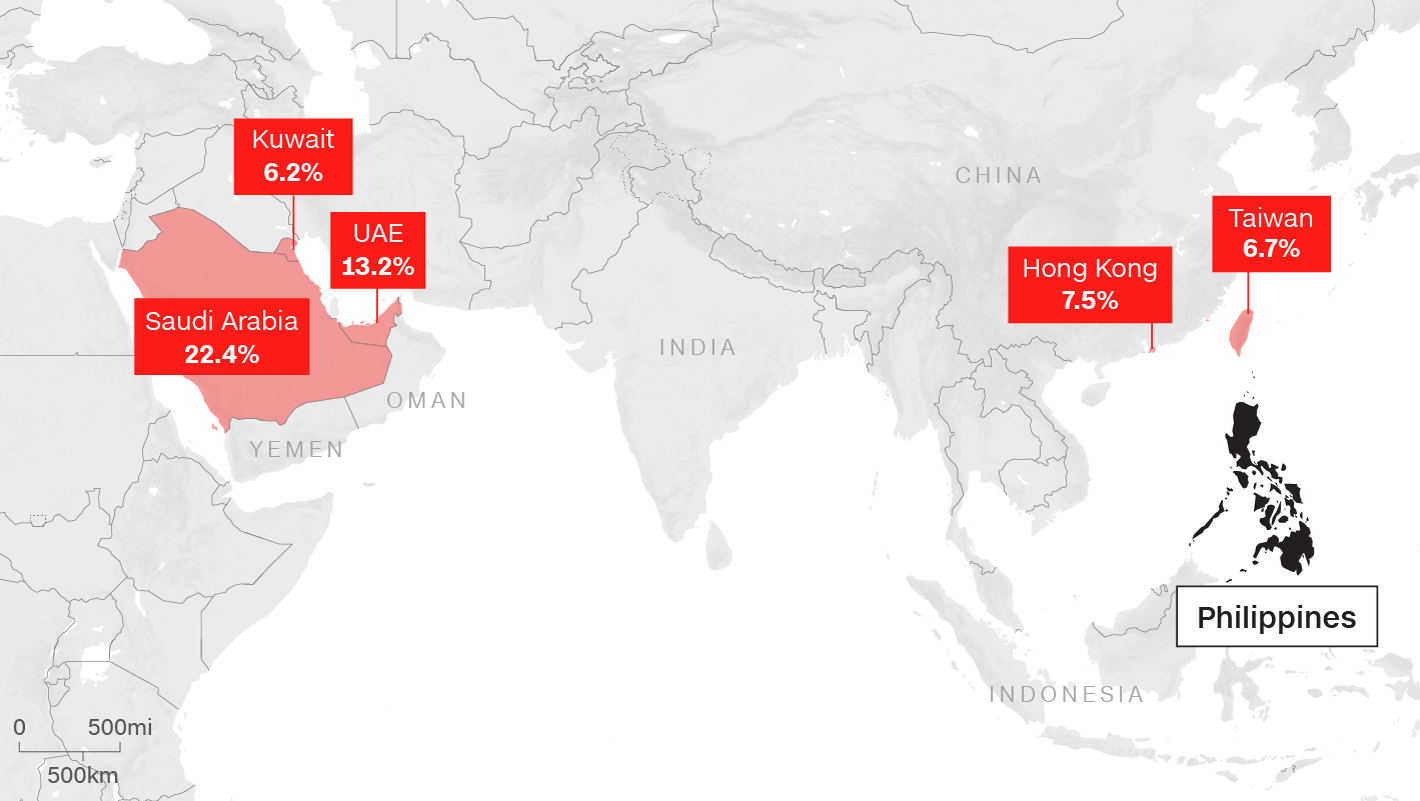
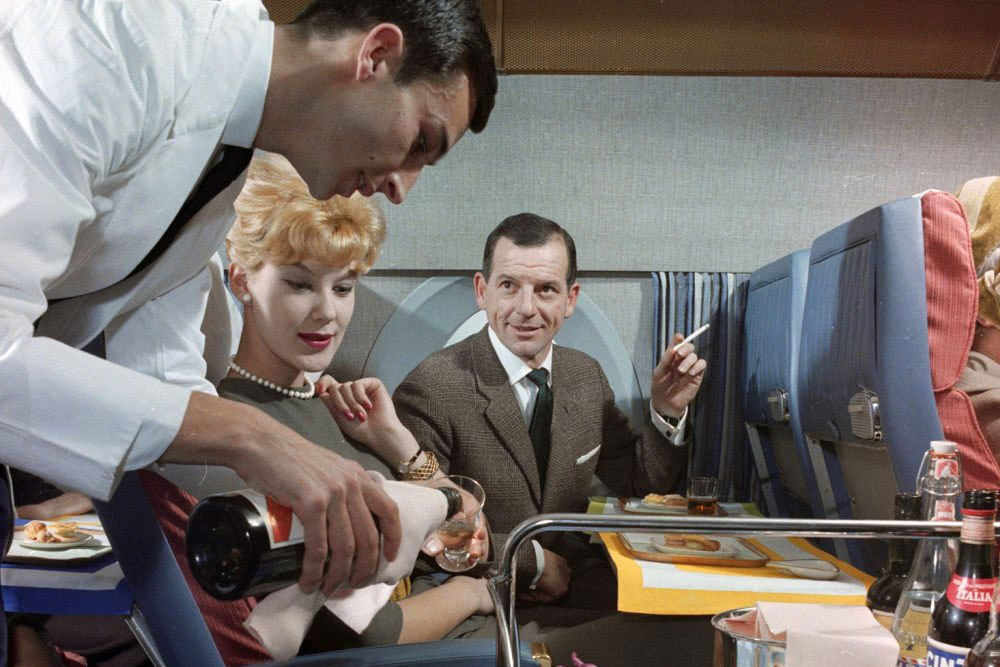

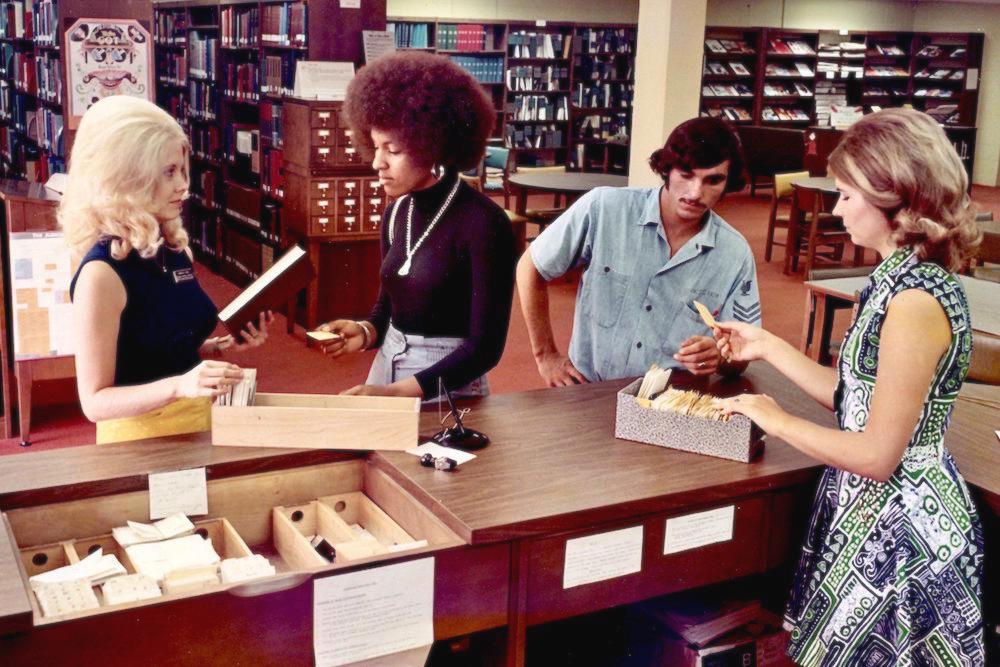
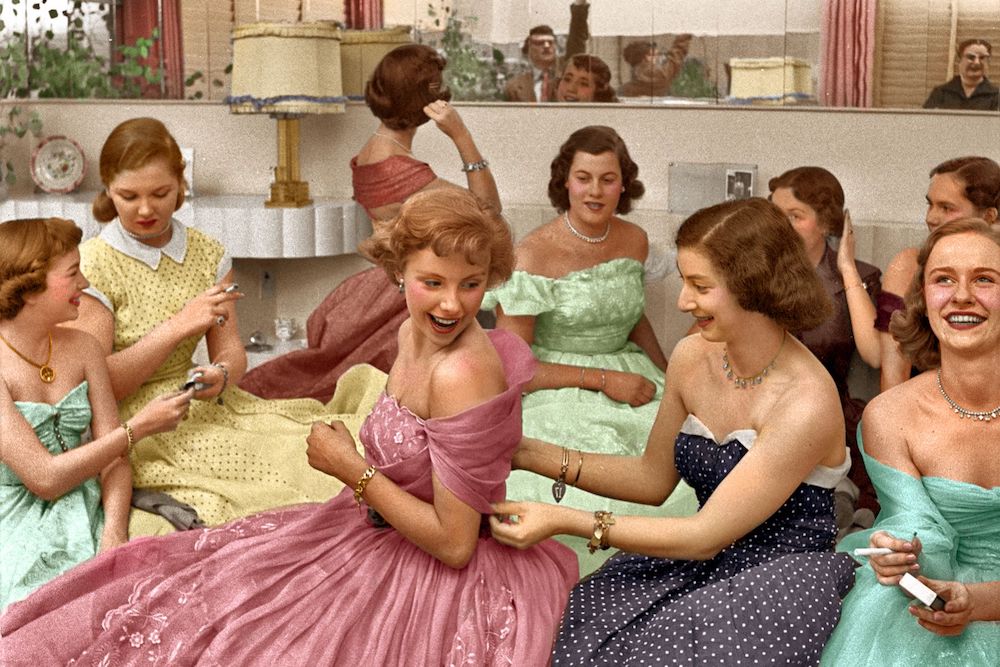

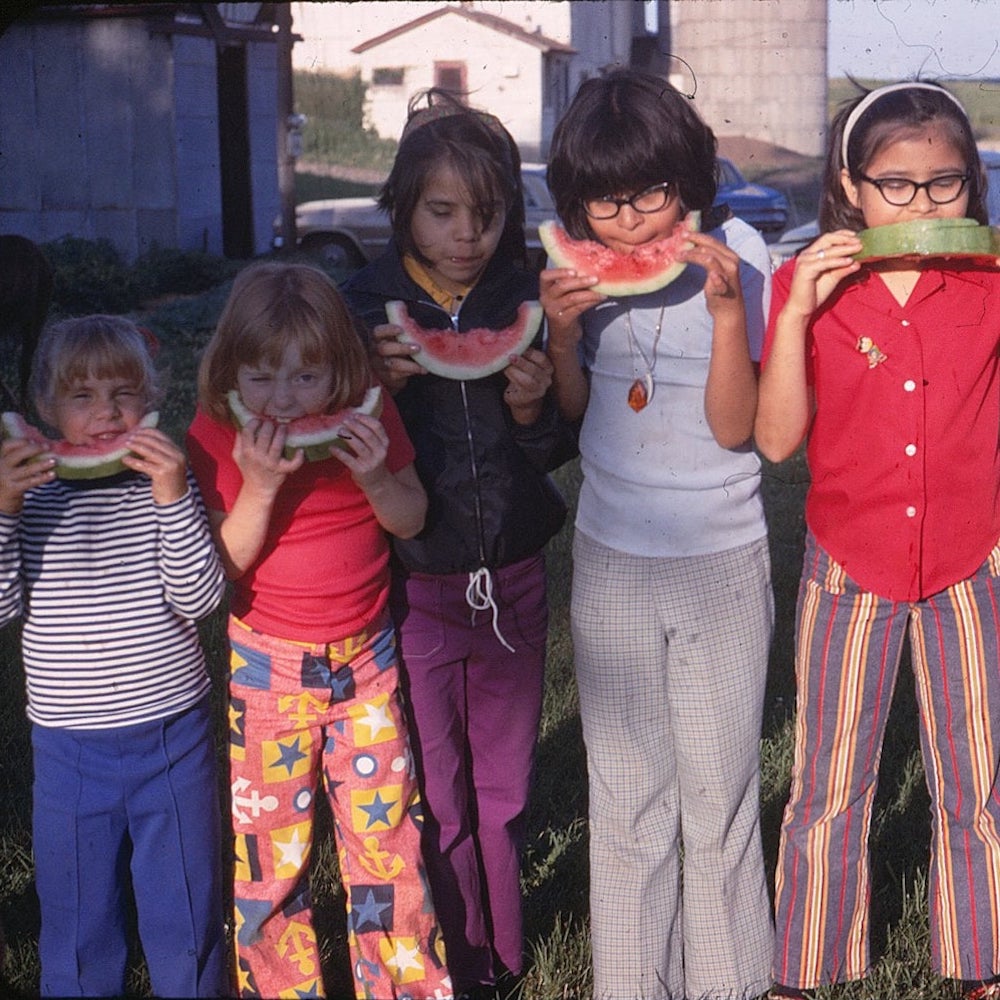
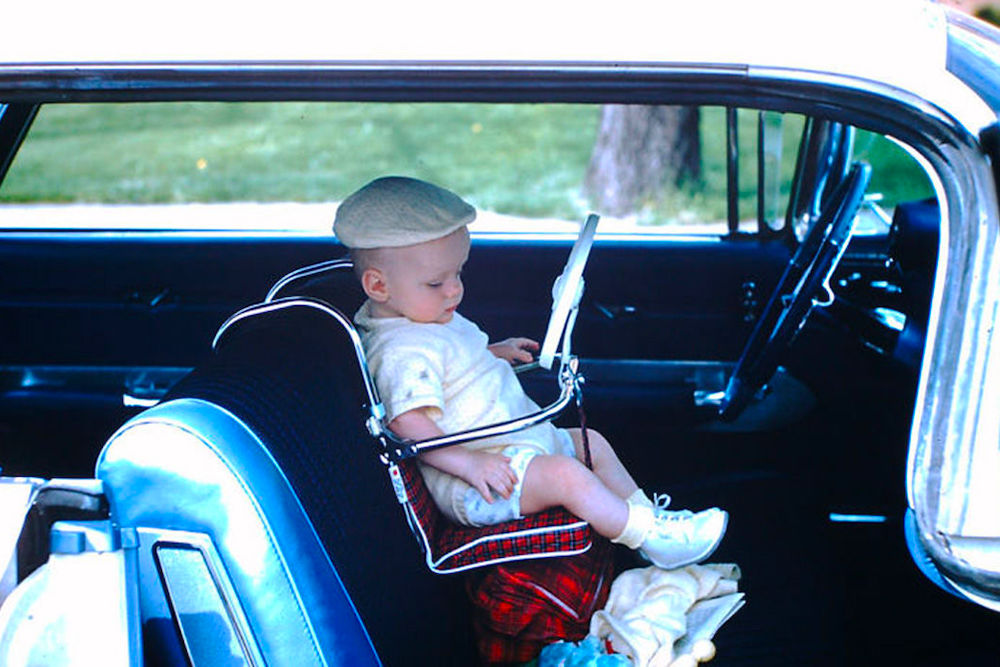

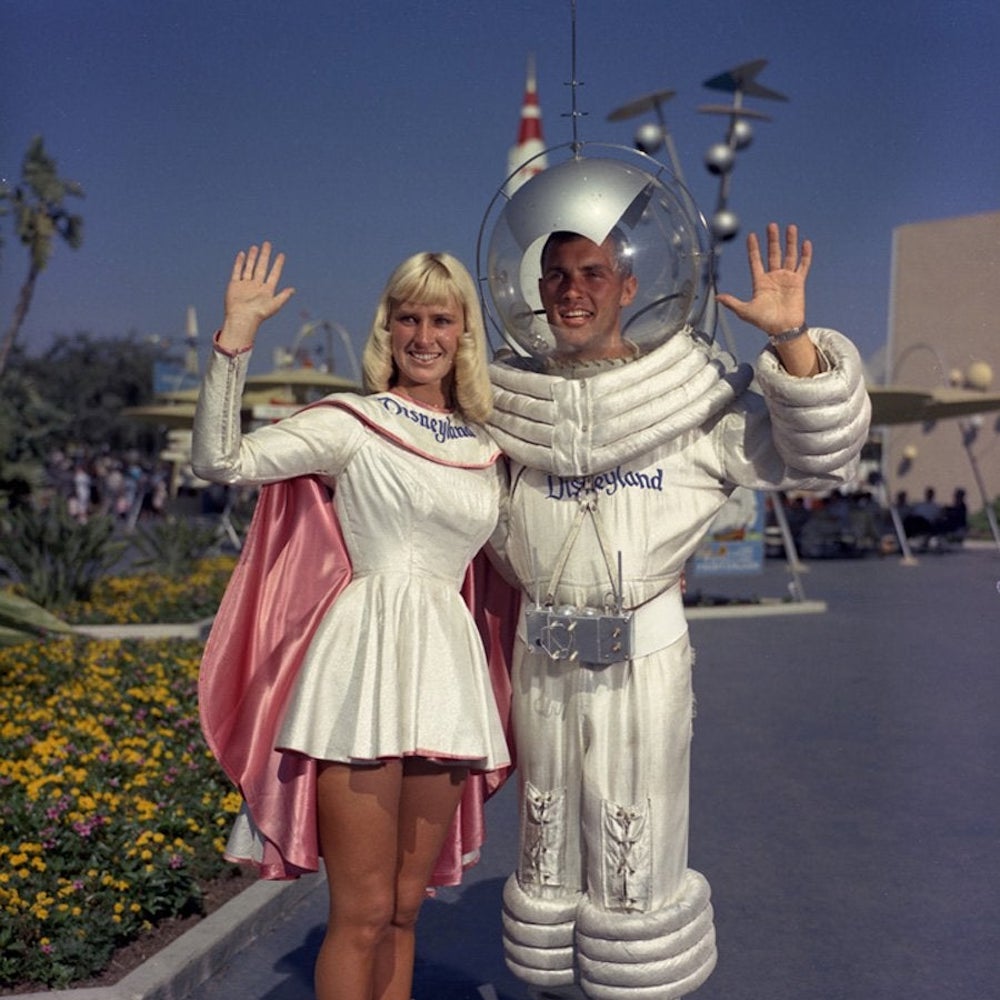


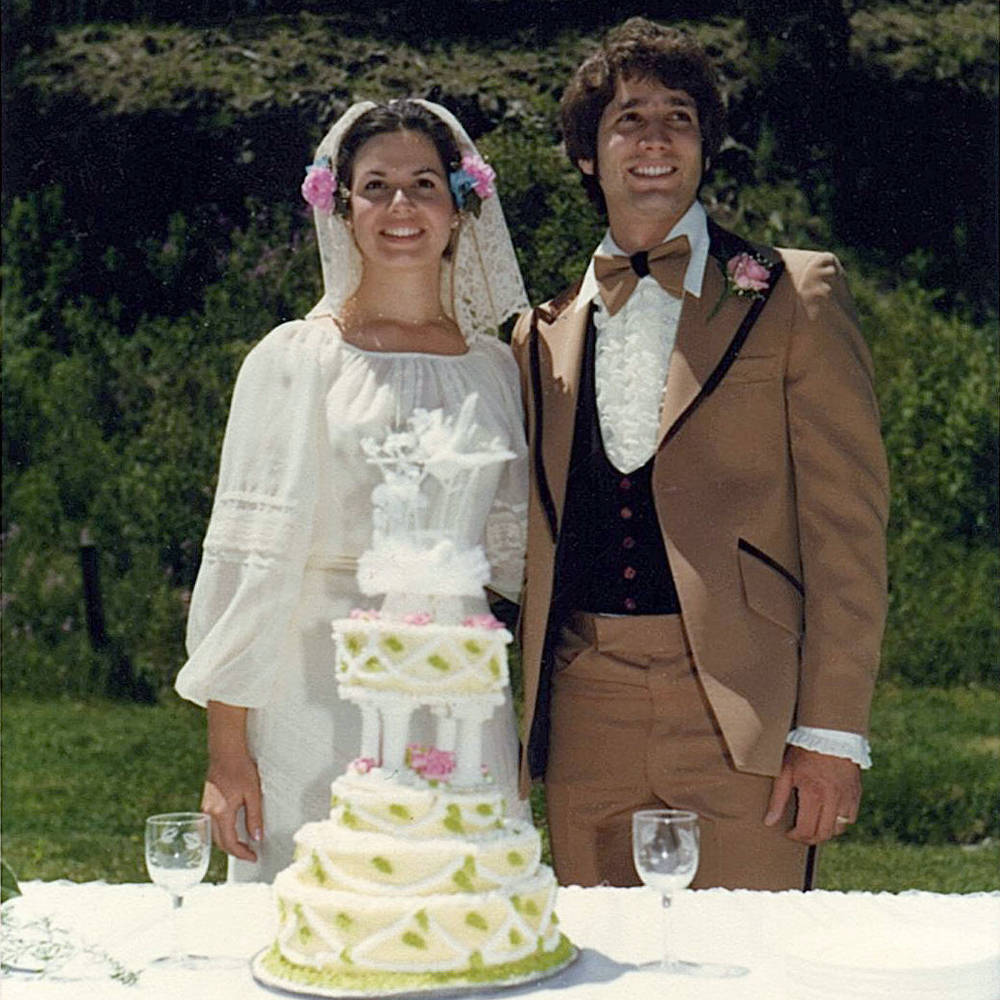
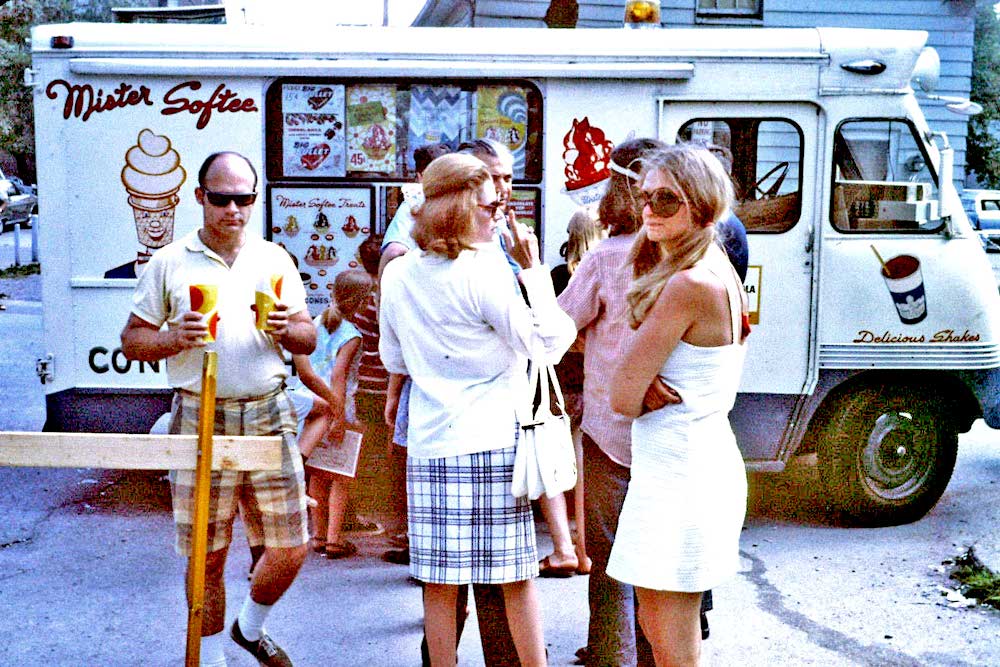
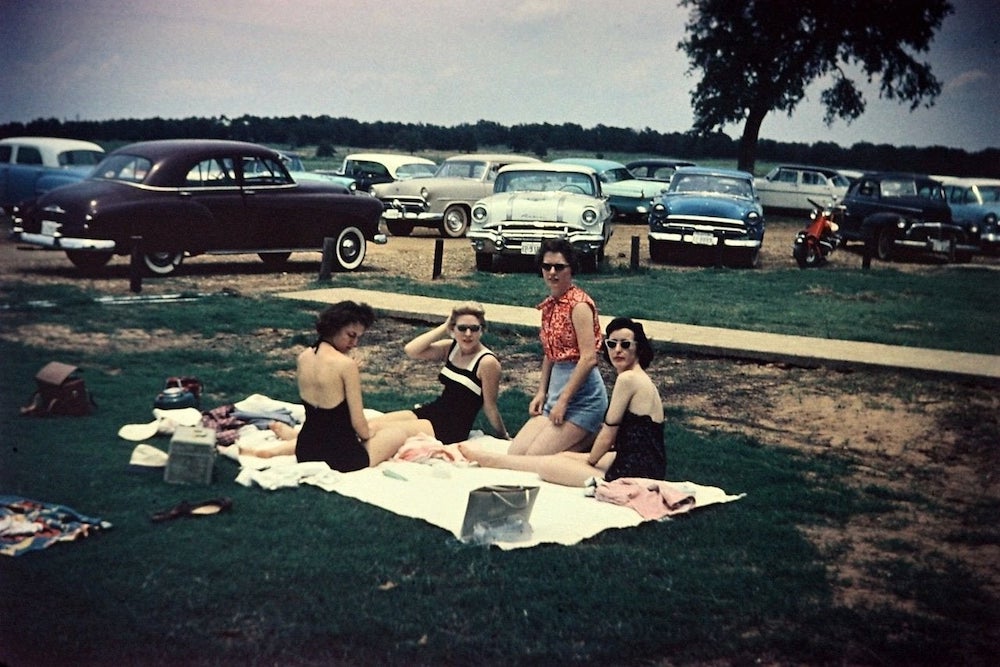
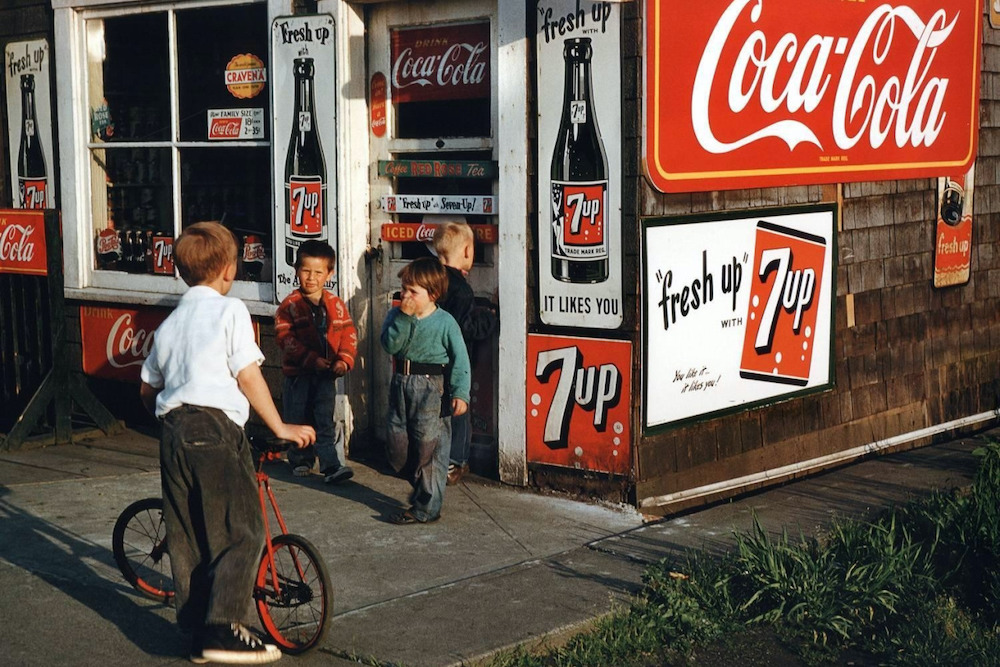
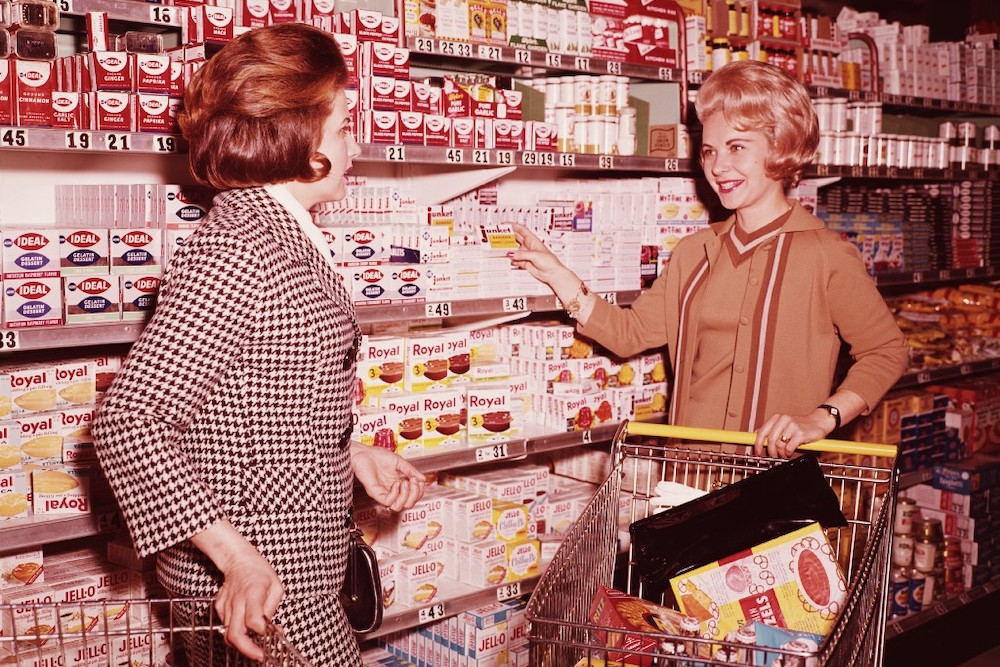
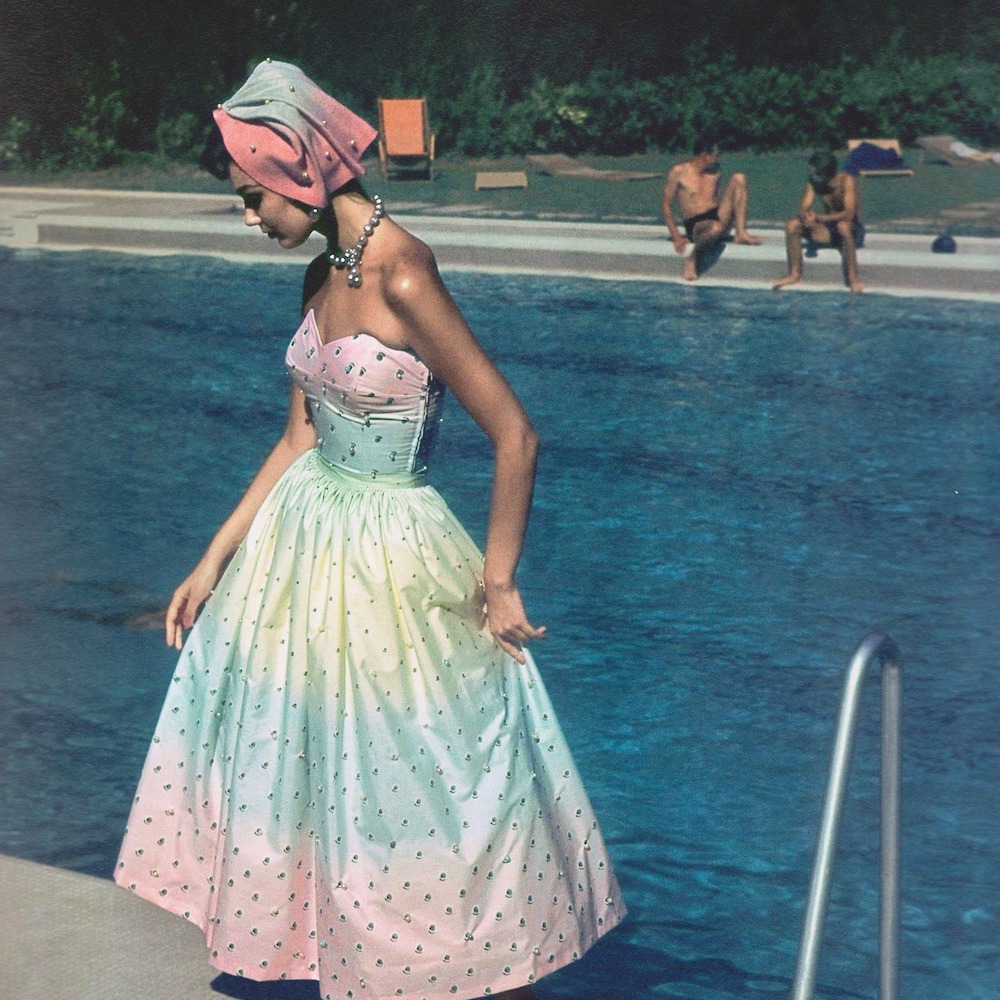
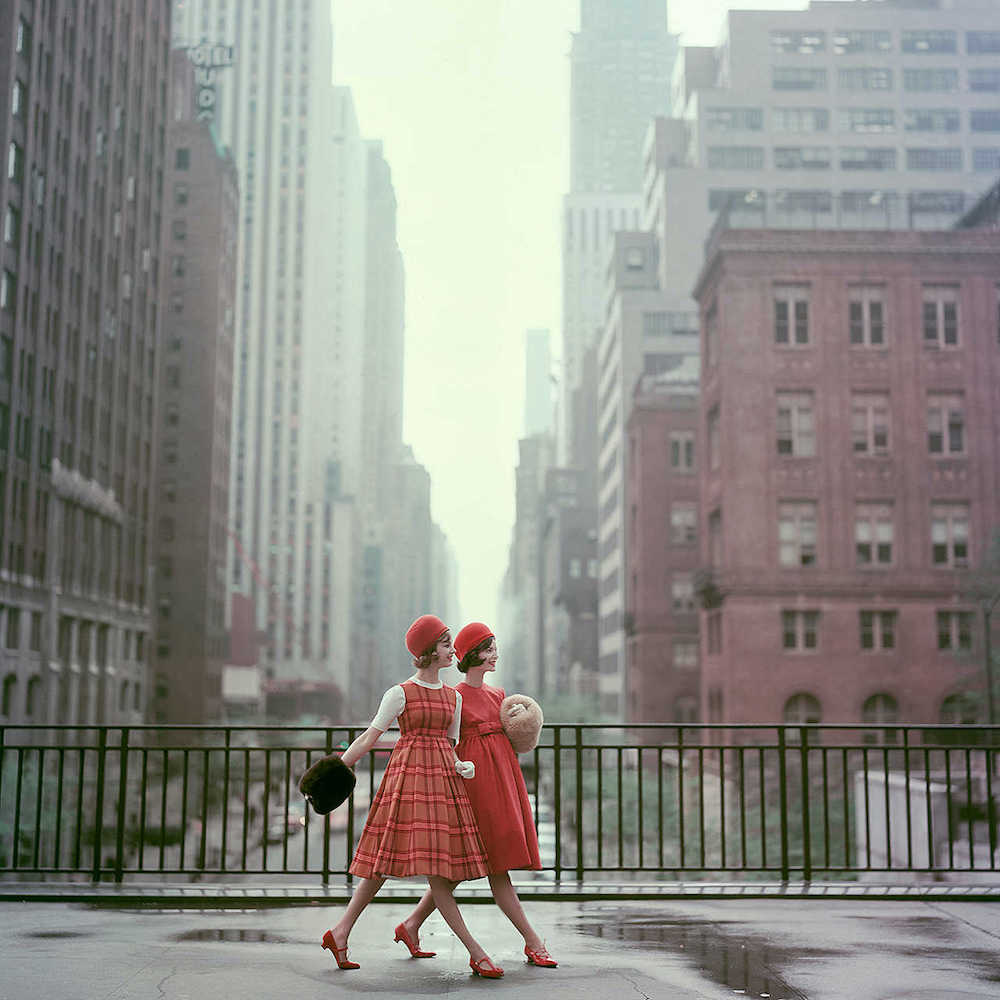

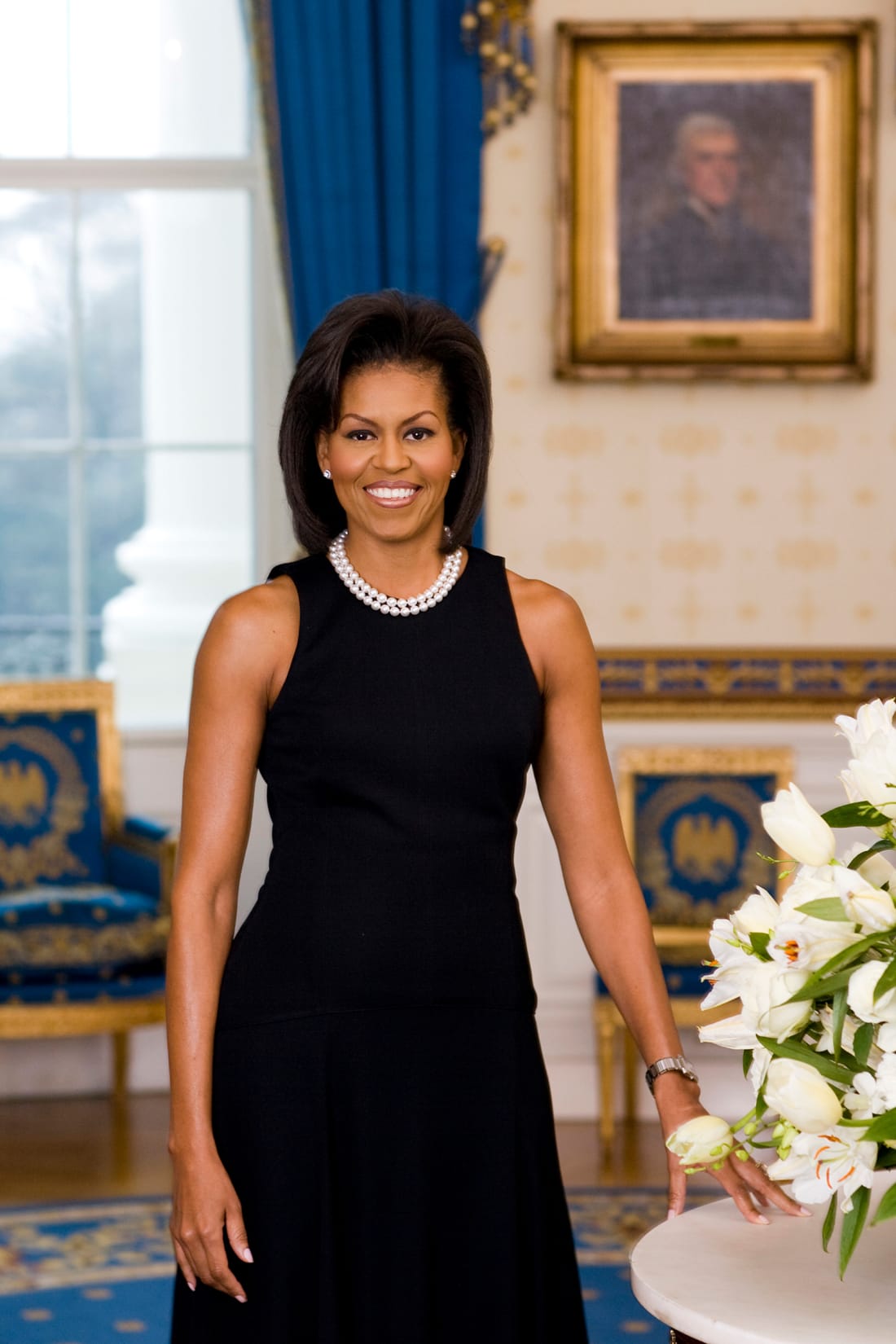

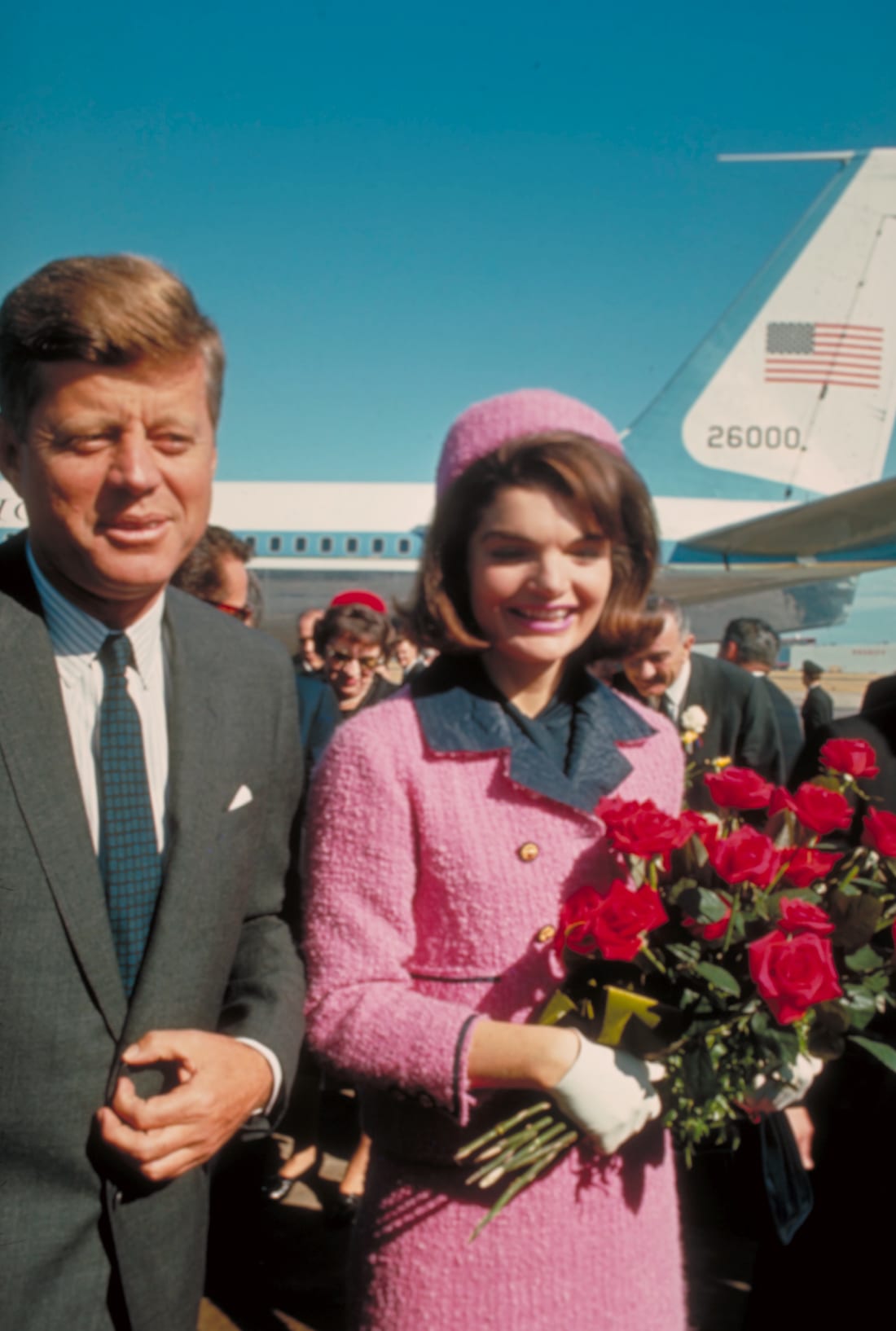
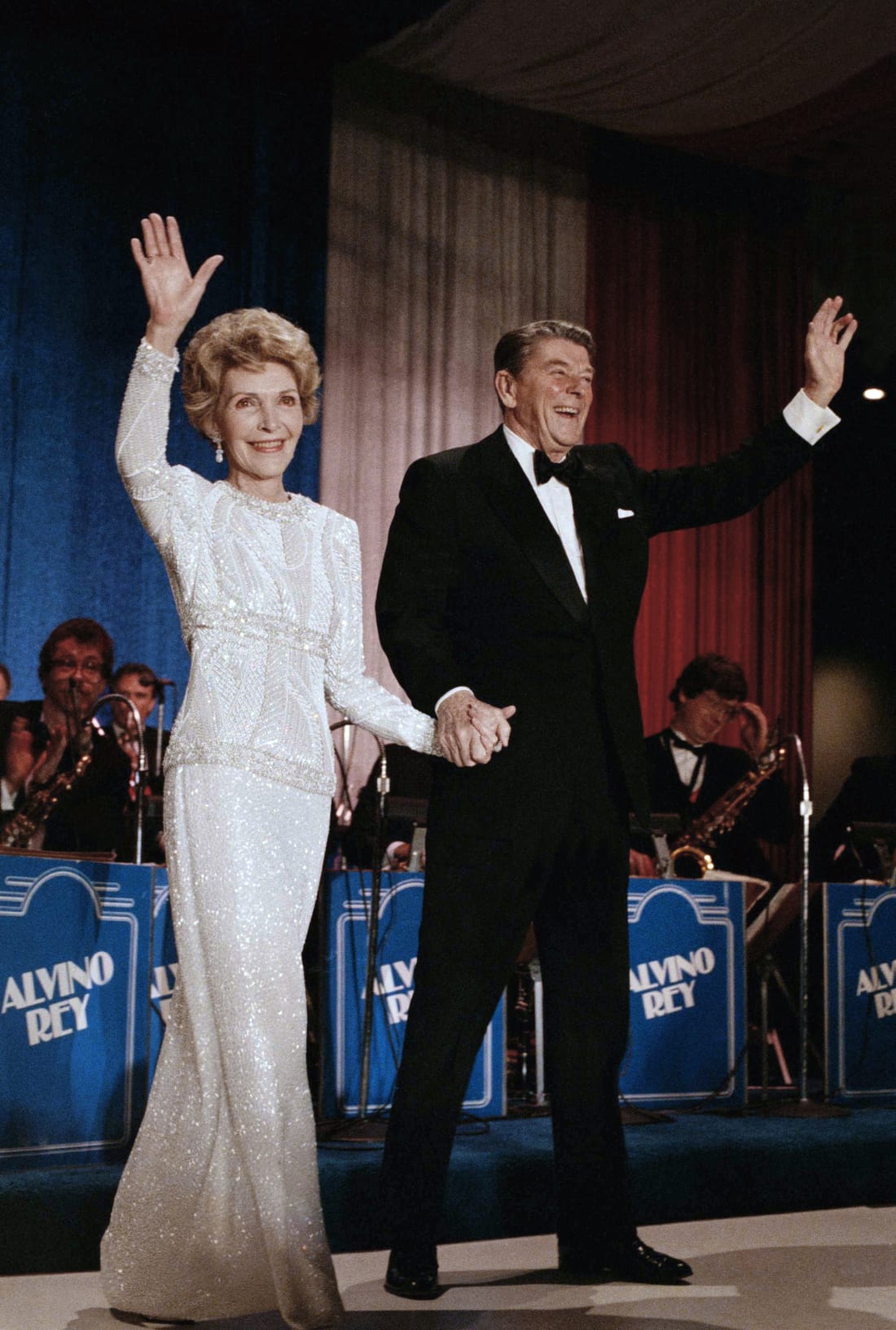
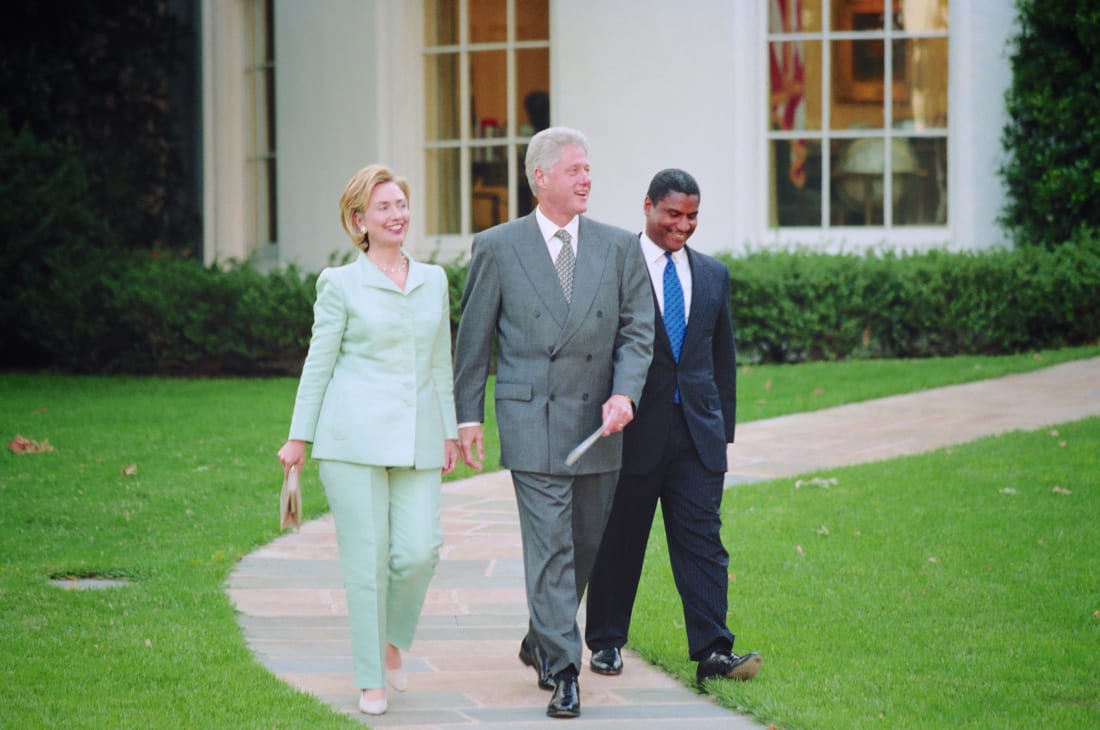
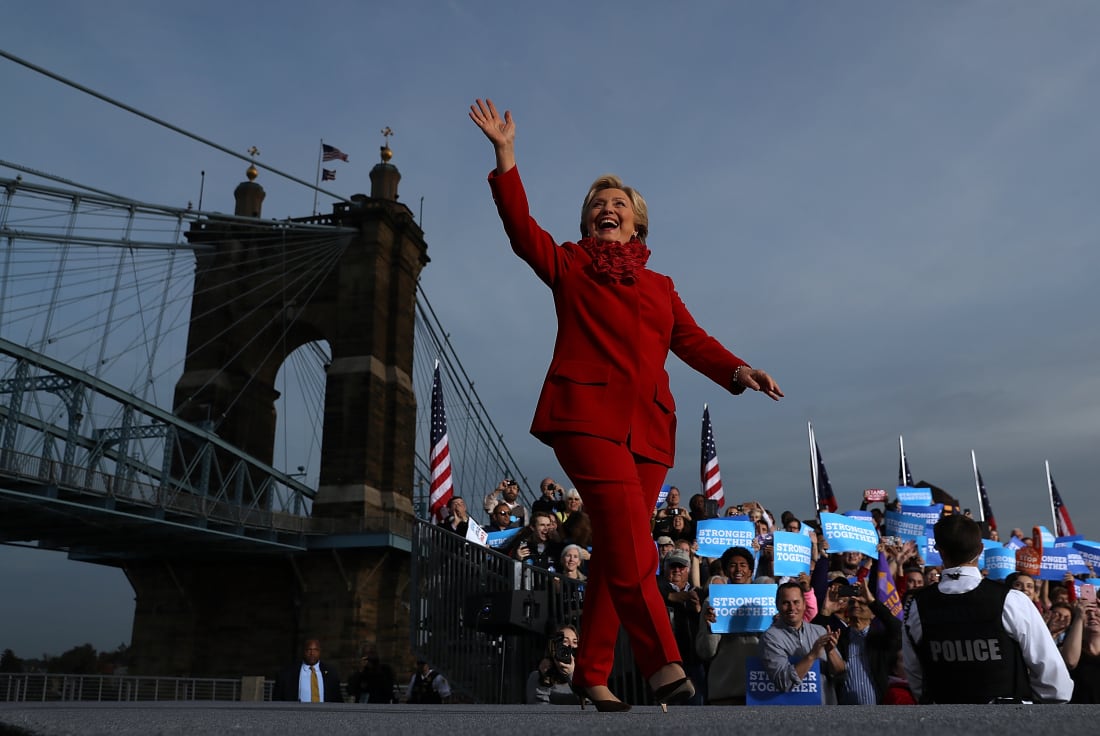
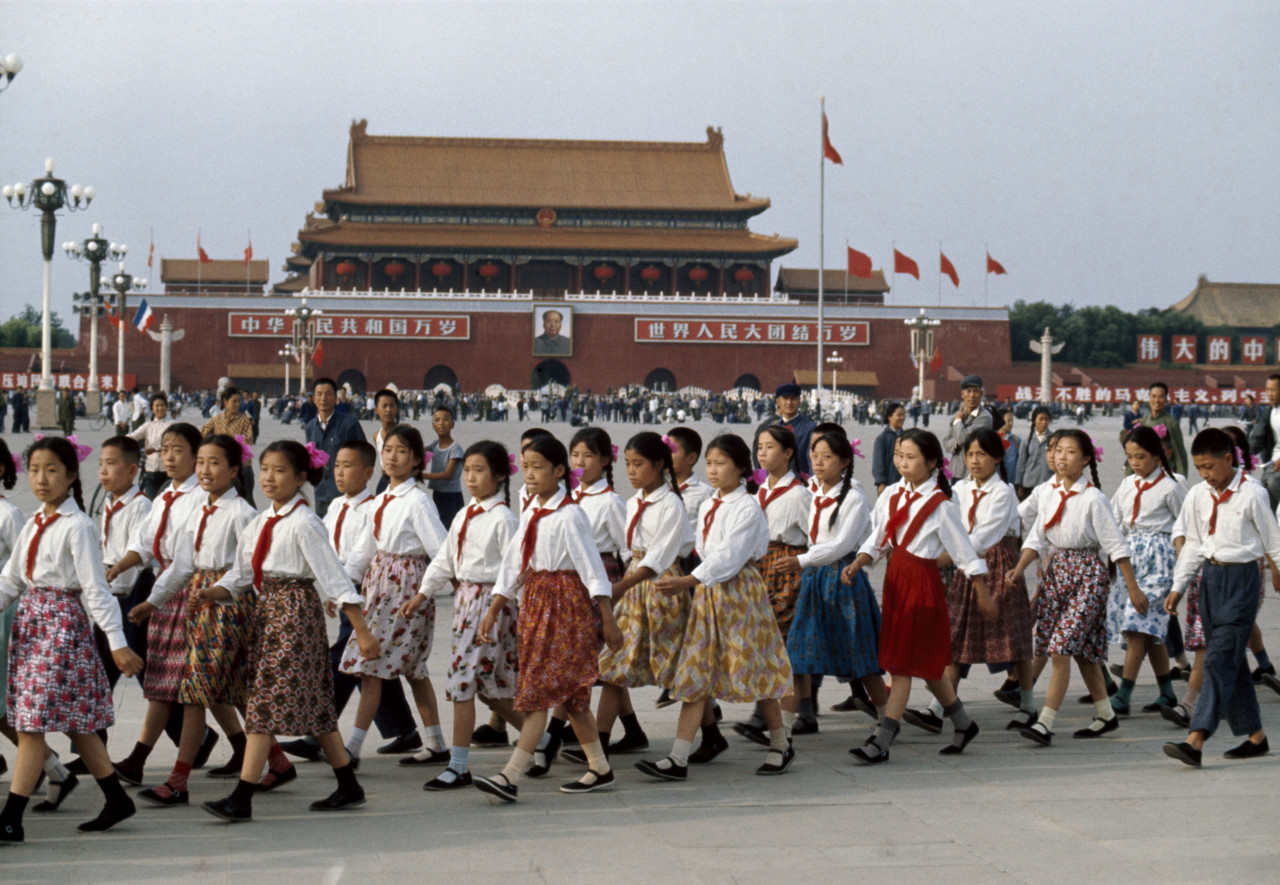

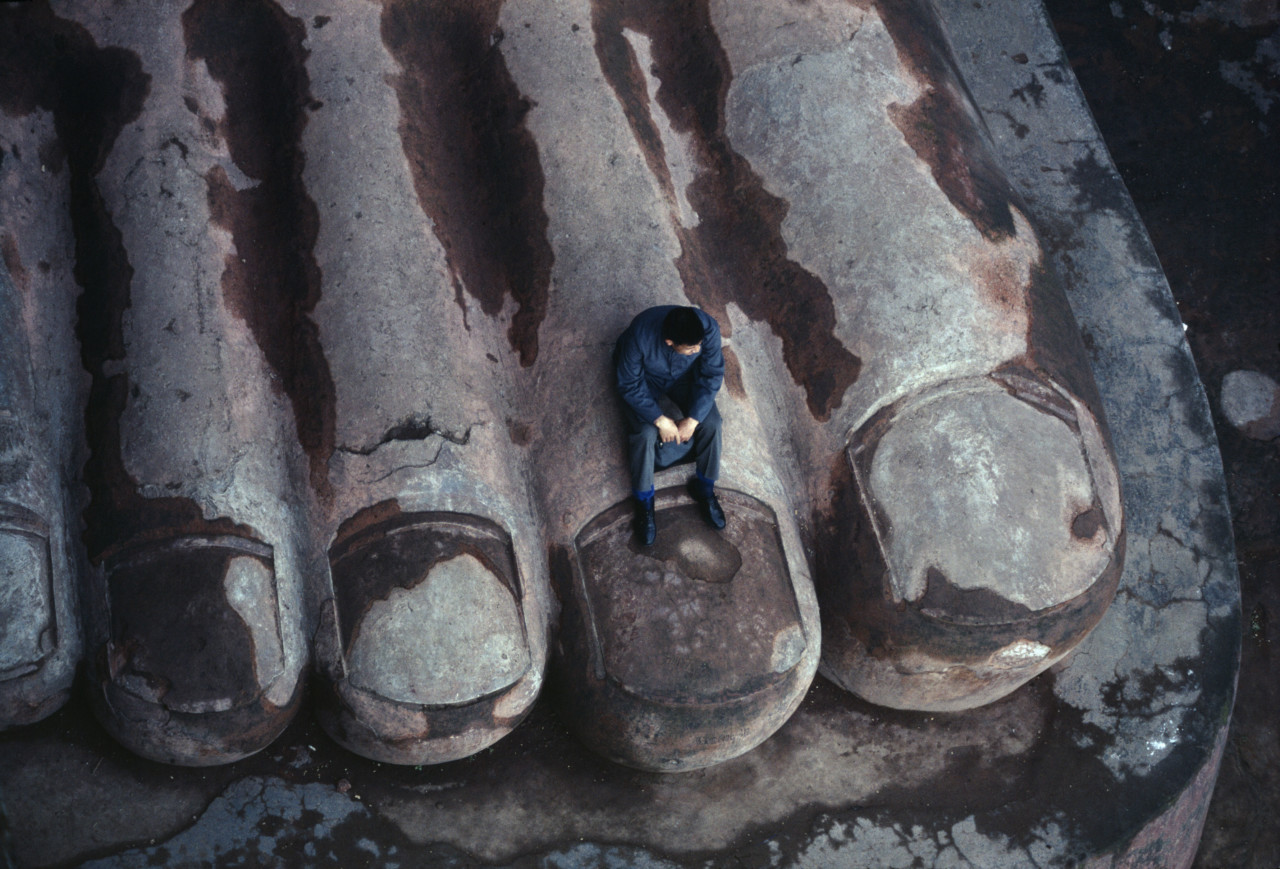
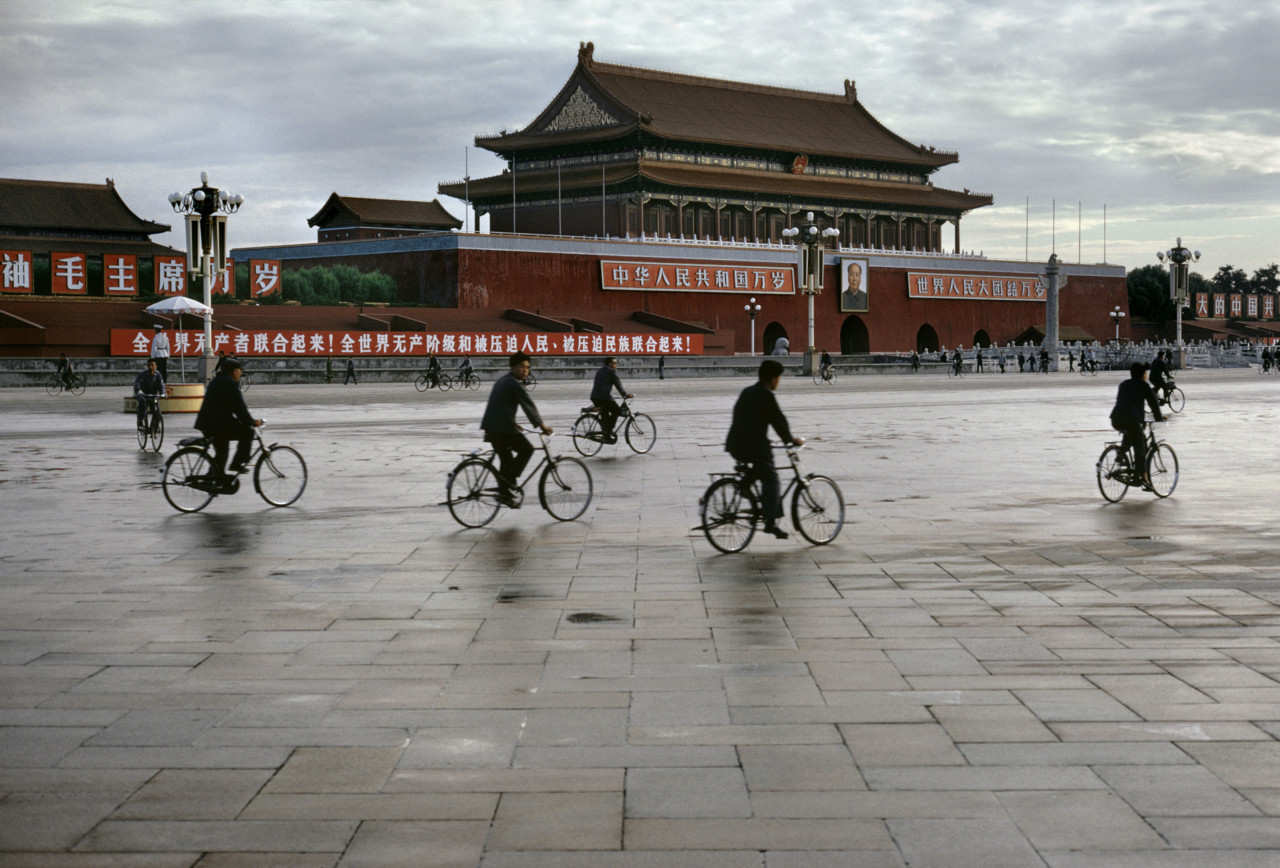
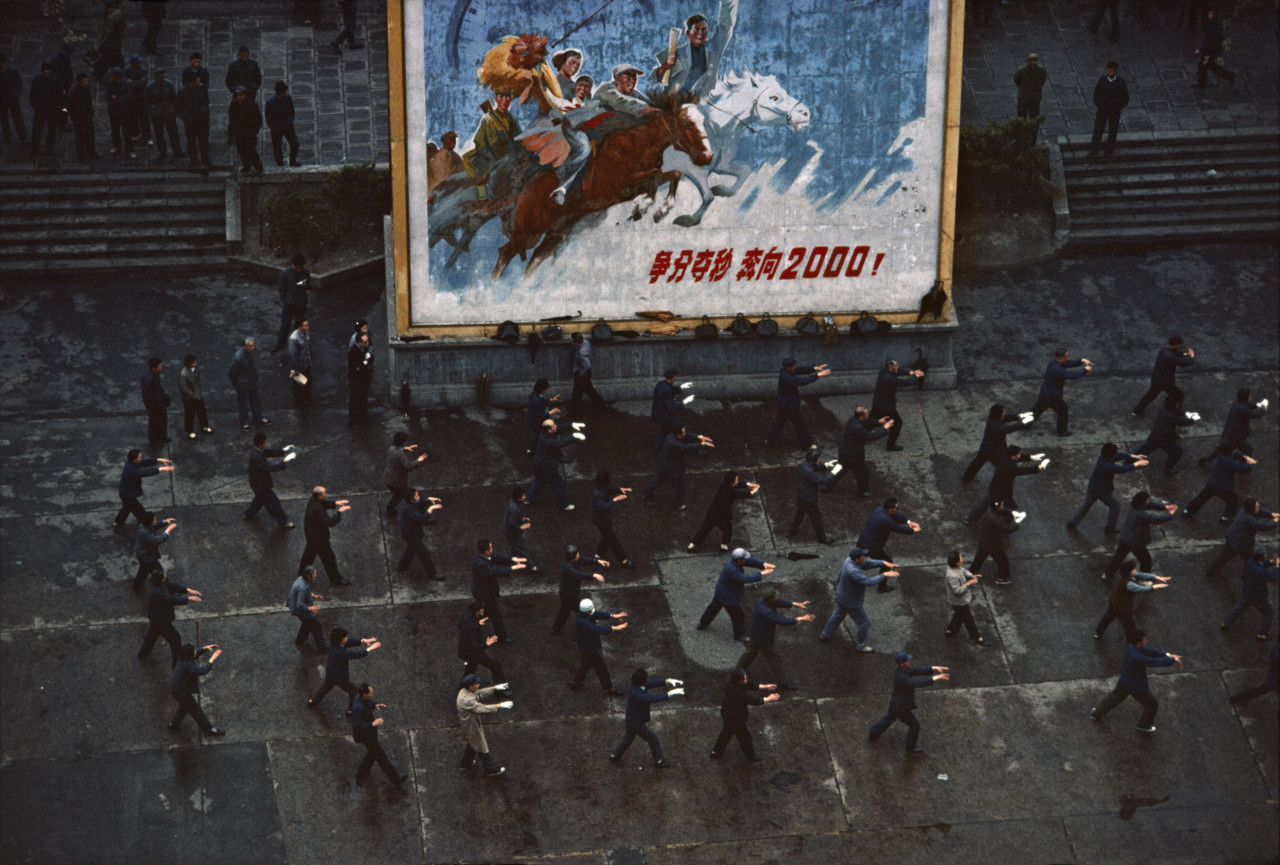
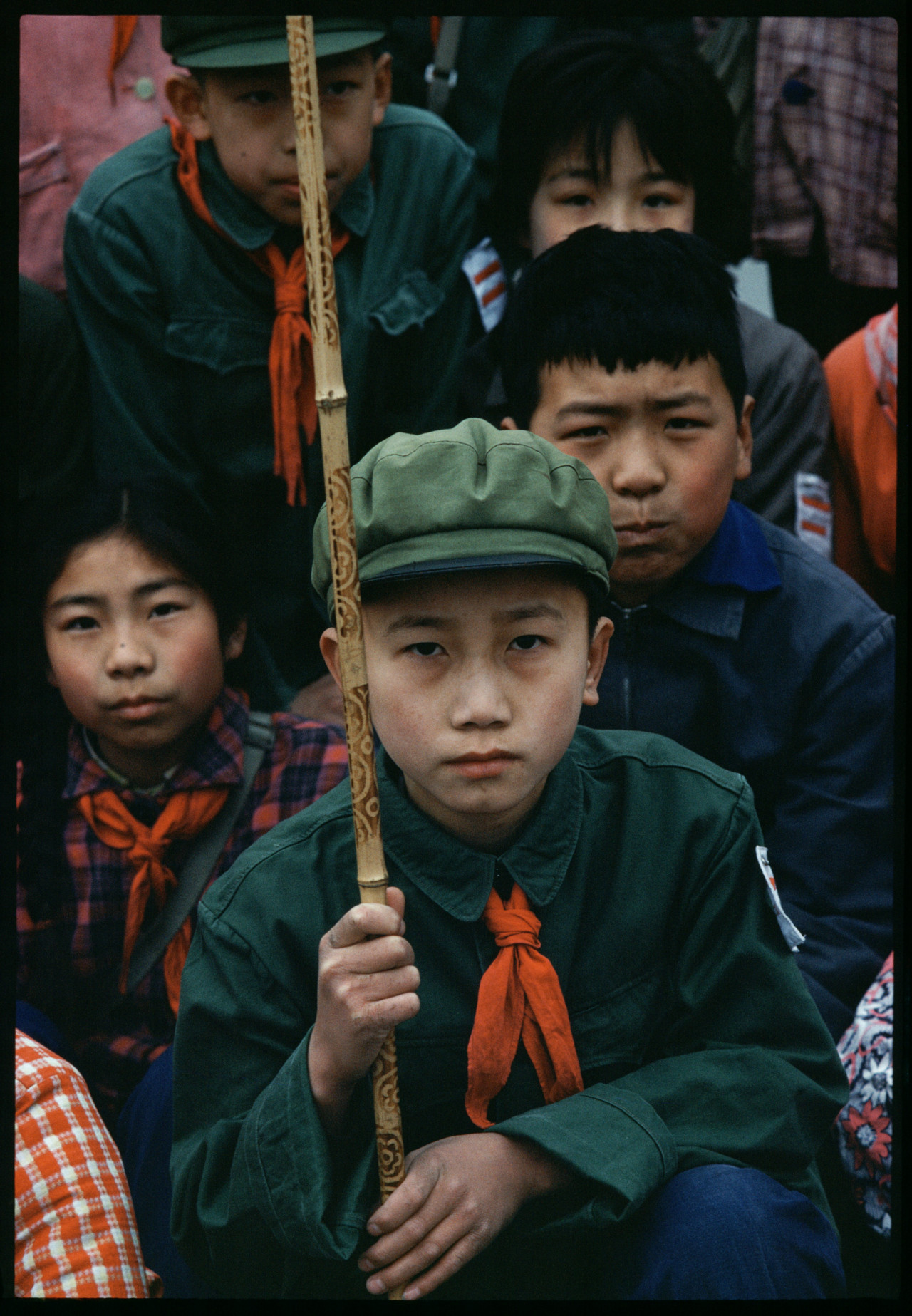
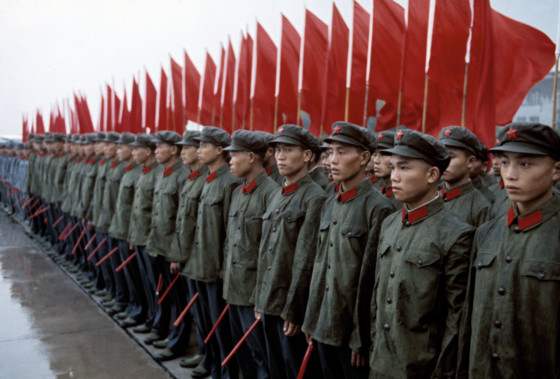

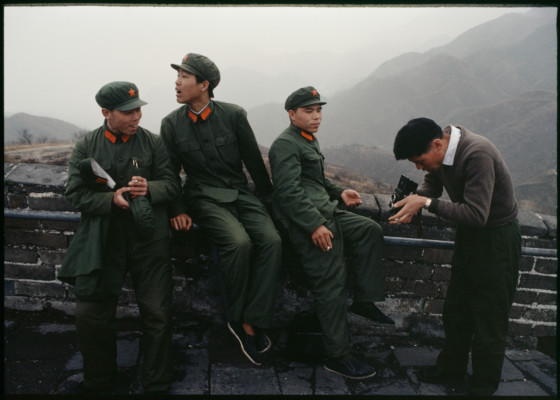
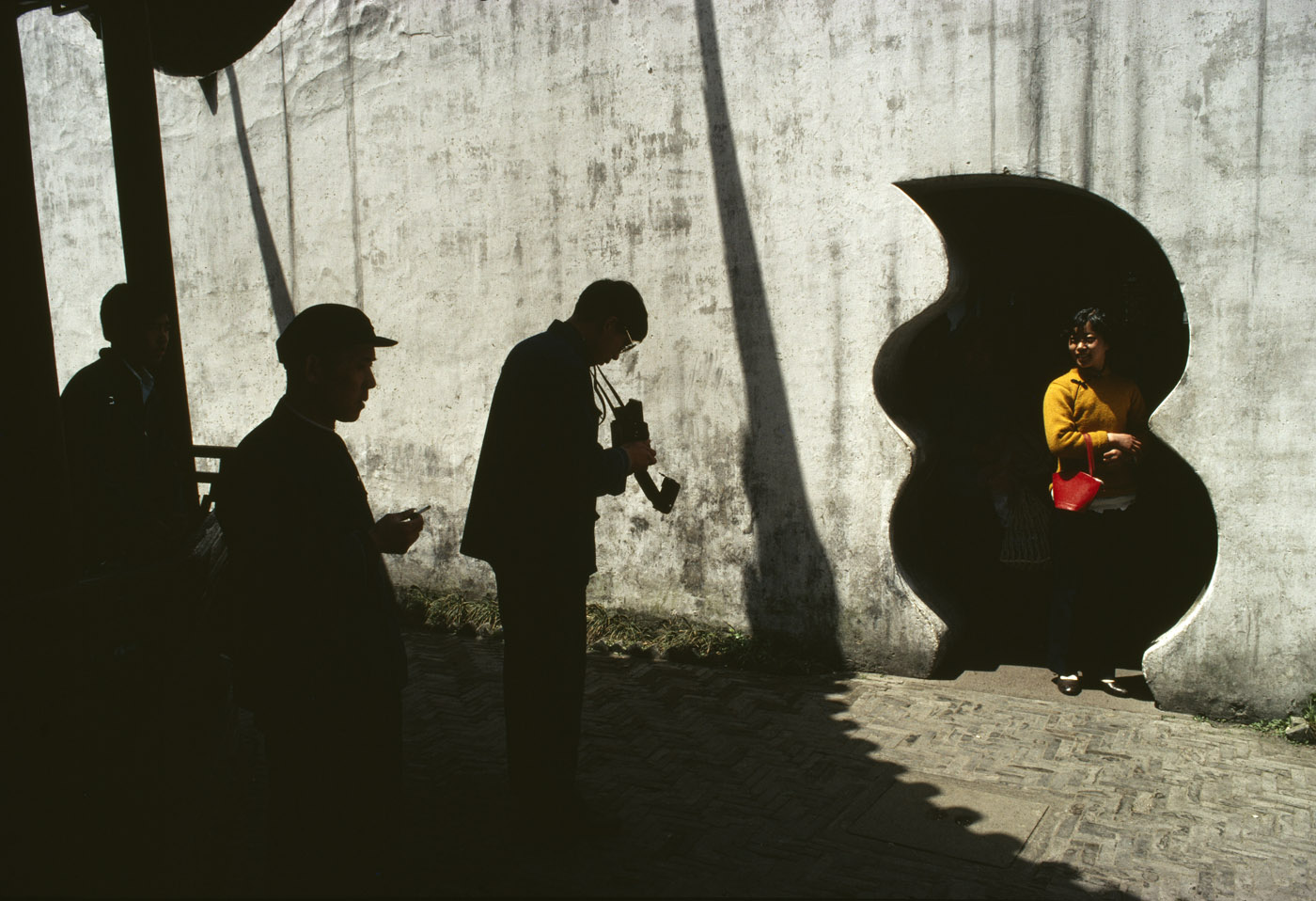
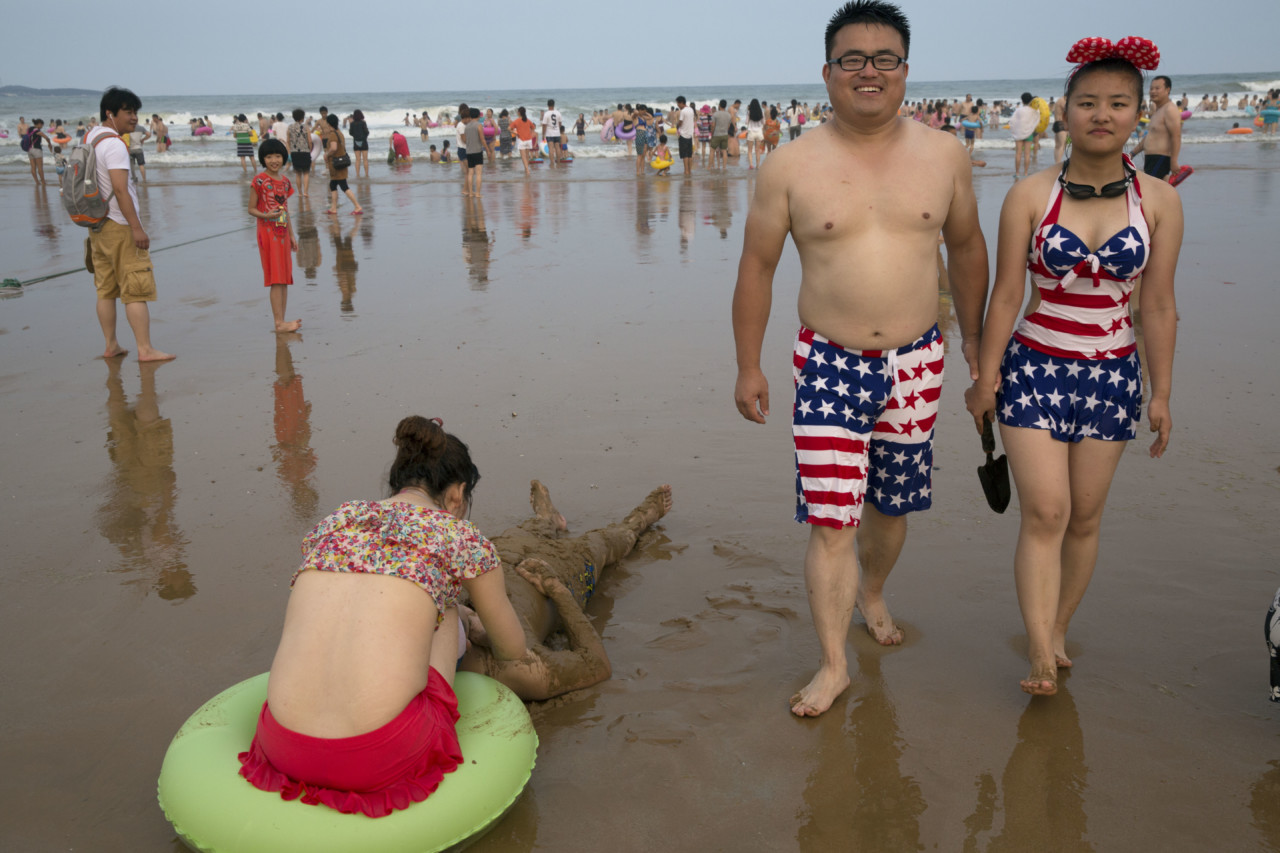
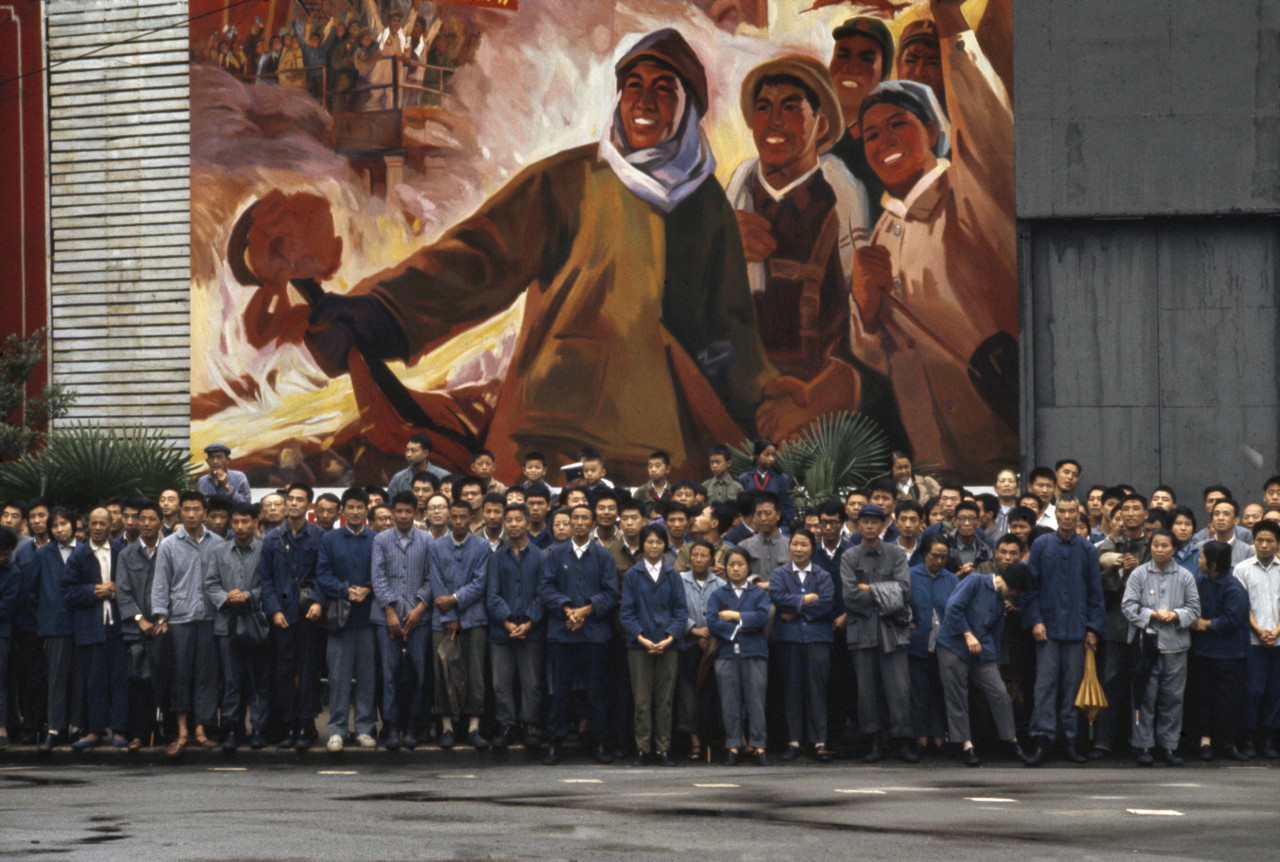

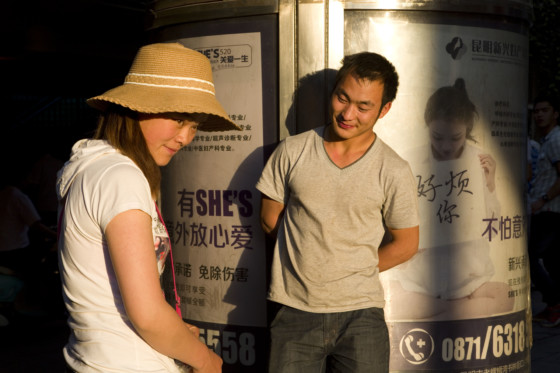

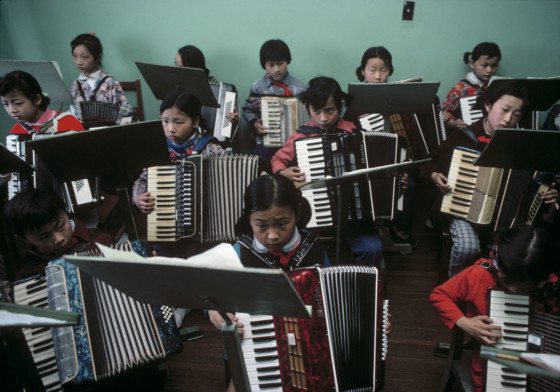


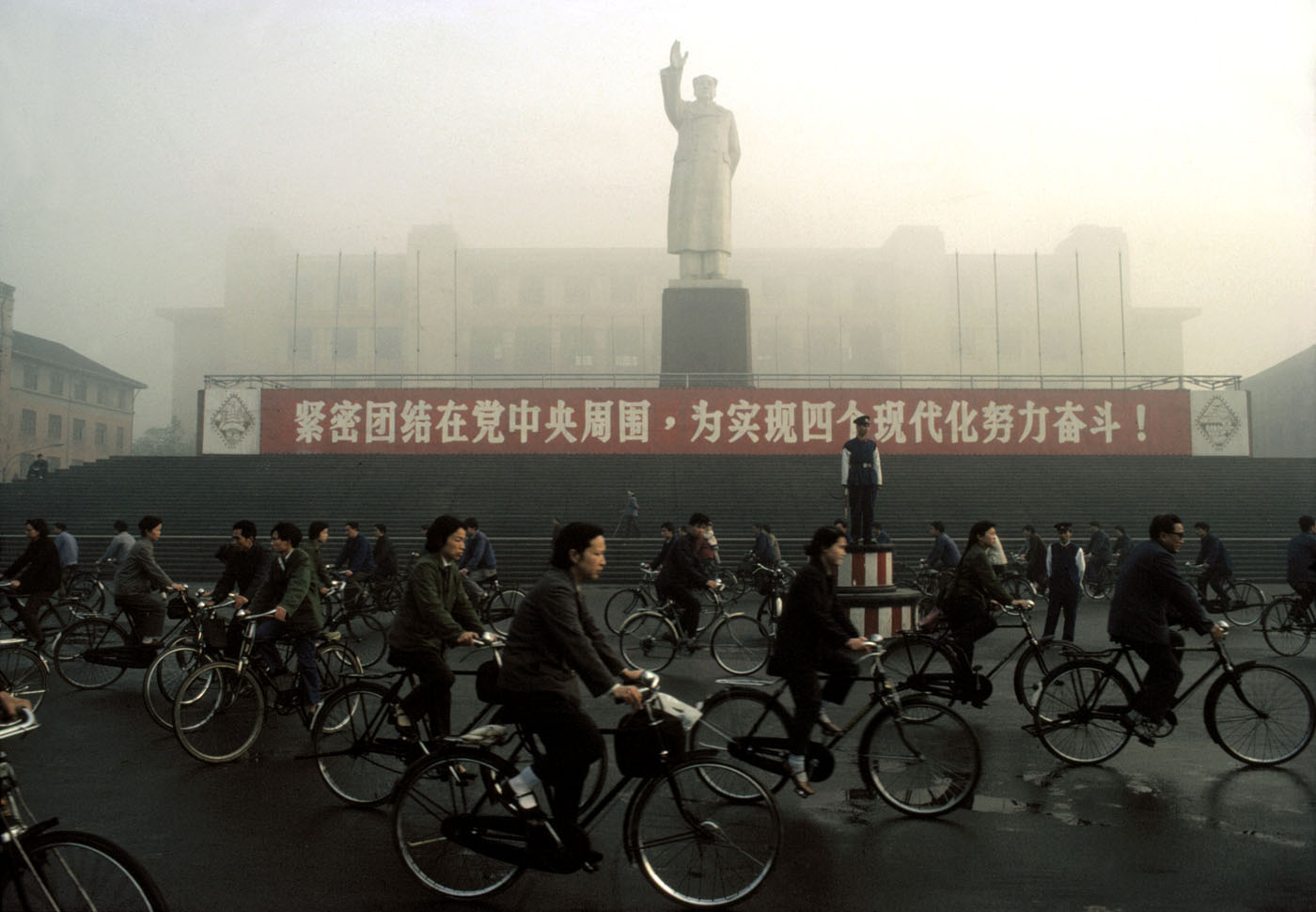
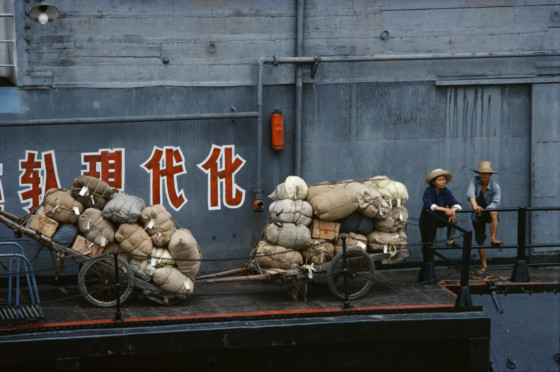
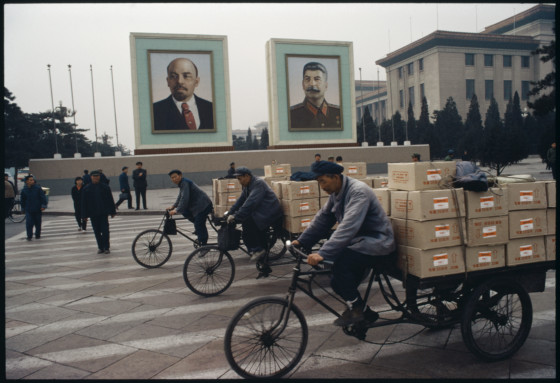


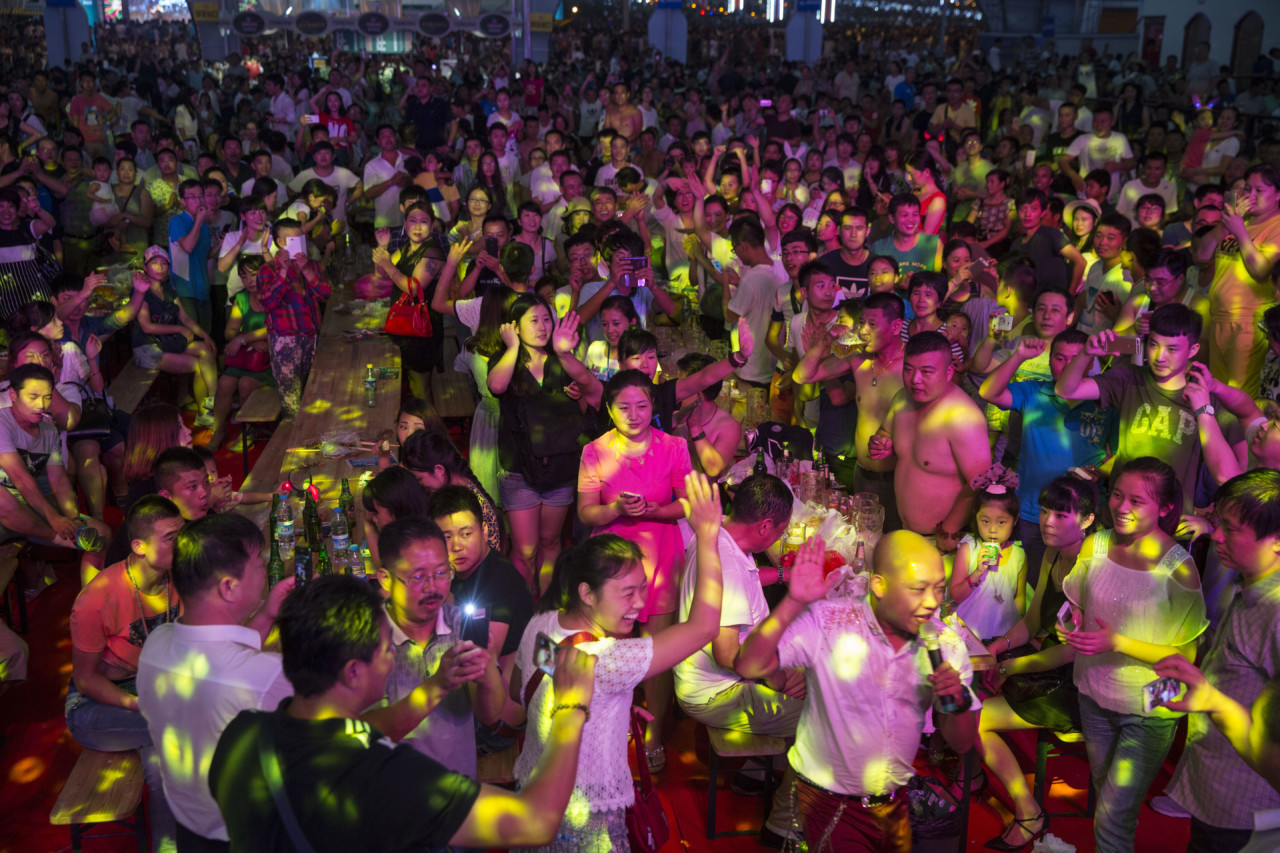


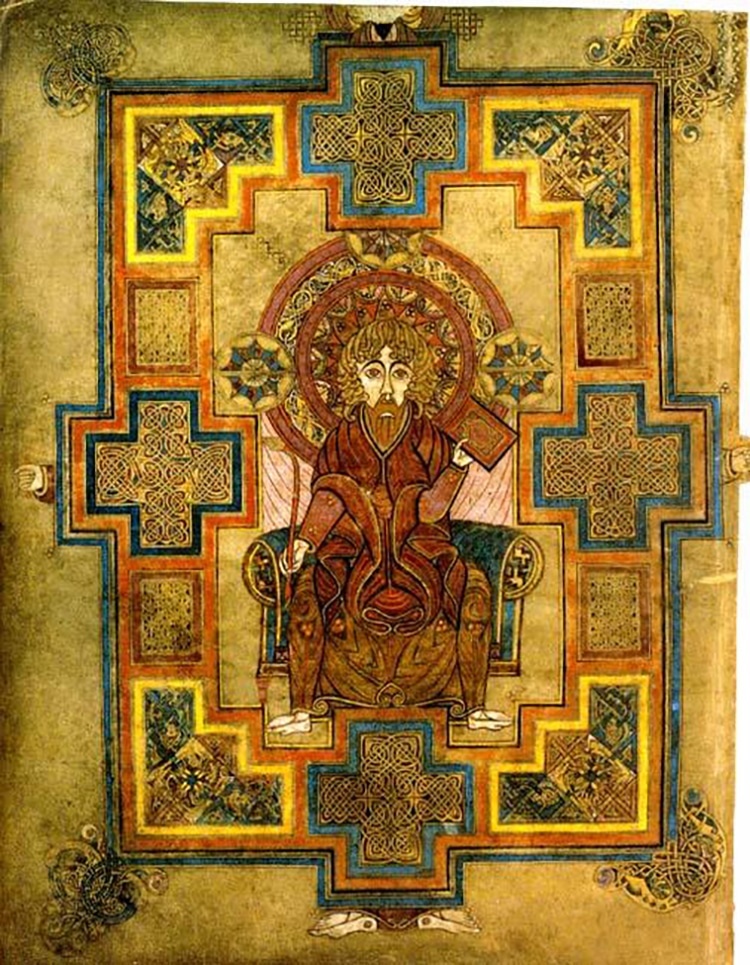
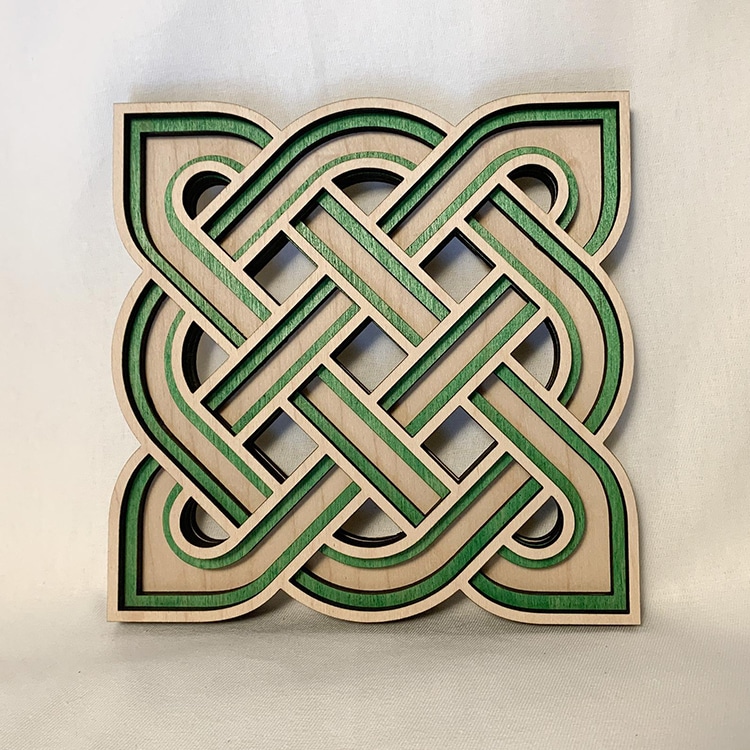




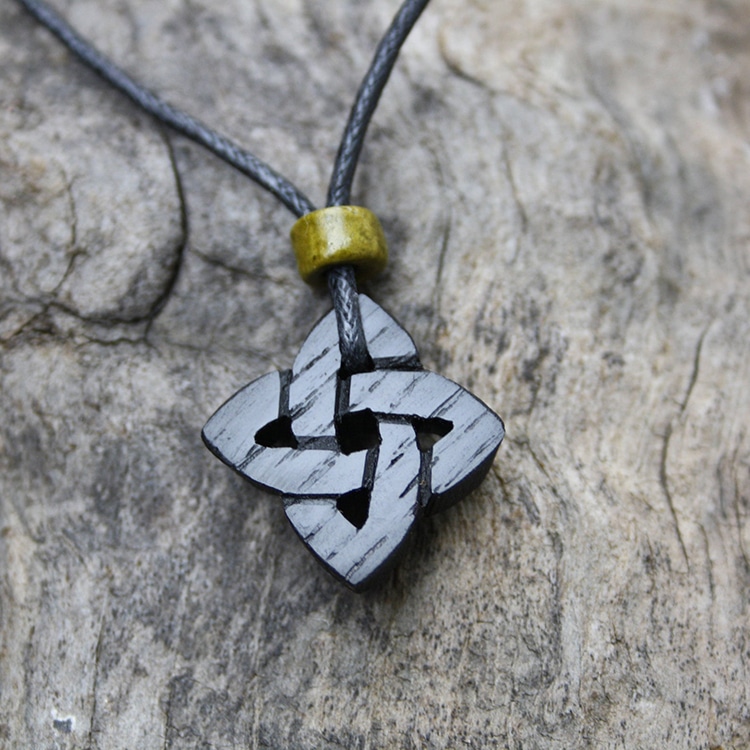



 Medical workers take care of a patient at the ICU of the George Papanikolaou General Hospital in Thessaloniki, Greece, on November 11, 2020.
Medical workers take care of a patient at the ICU of the George Papanikolaou General Hospital in Thessaloniki, Greece, on November 11, 2020.